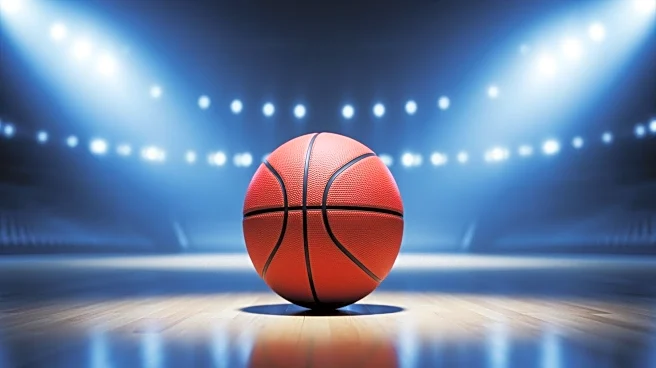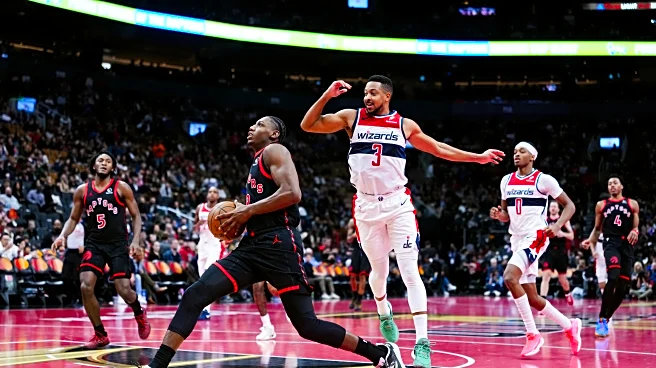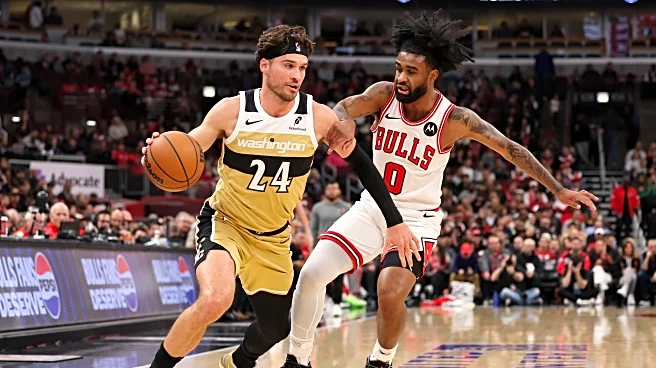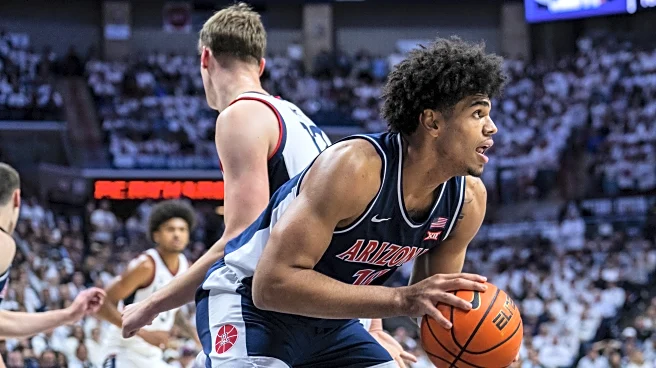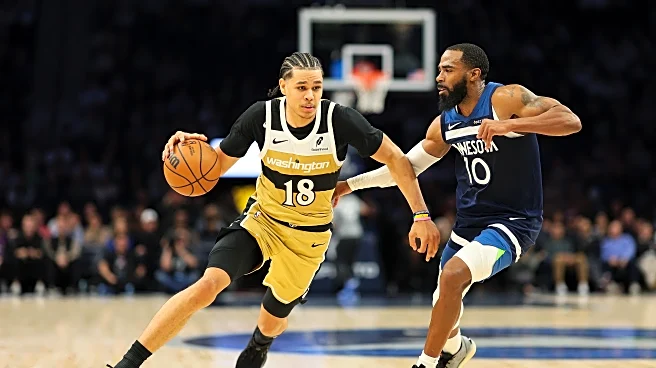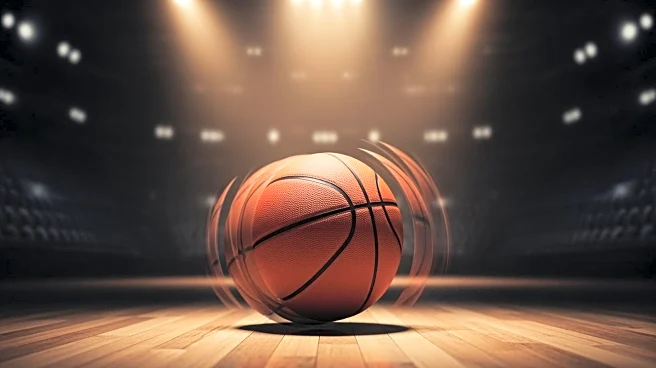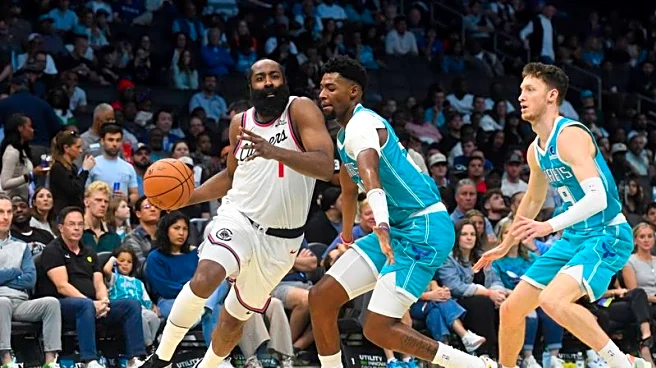Back in 1991, the Washington football team got off to a 4-0 start, and Washington Post columnist Tony Kornheiser wrote a column about jumping on the team’s bandwagon. The team just kept on winning, finishing
14-2 and storming through the playoffs to win the Super Bowl.
A few years ago, I wrote an inspired-by version about the Washington Wizards. Except, this being the Wizards, I was writing about Moral Victories, not real ones. Because, this being the Wizards, there were very few real wins.

I started working on some objective criteria to quantify Moral Victories. I even considered making merch. After 10 or so games, I lost interest and just went back to writing about them being the NBA’s kitty litter liner.
Also, while I don’t remember what season that was, it’s almost a guarantee that team was better (relative to the competition) than this season’s.
Our last checkup was just four games ago, but I thought I’d run another one — in part to see how much numbers changed for Alex Sarr (who had a couple bad games and missed a couple others), and Kyshawn George (some good games). And anyone else.
I thought about writing something different based on conversations I’ve had with coaches, scouts, and executives in the past, but I couldn’t bring myself to do it. Today. Maybe I’m getting soft in my old age.
The Measuring Stick
Four games ago, I wrote that the Wizards are the league’s youngest team, they play fast and they make lots of mistakes. All those things are still true, though they’ve dropped from fourth to fifth in pace. On a per possession basis, some of the indicators have gotten worse:
- Turnovers: 25th to 26th
- Fouls: 22nd to 27th (meaning they’re fouling more relative to the league)
- Offensive rebounds allowed: still 30th
- Offensive Rating (points scored per 100 possessions): still 28th
- Defensive Rating (points allowed per 100 possessions): 29th to 30th
Think about this: the Wizards are a full two points per 100 possessions worse than the 29th ranked Brooklyn Nets.
And, their ranks in the four factors that determine who wins and loses in basketball (their rank four games ago in parentheses):
Offensive Four Factors
- eFG%: 22 (22)
- Offensive Rebounding Percentage: 26 (22)
- Turnover Rate: 26 (27) — IMPROVEMENT!
- Free Throws Made/Field Goal Attempts: 28 (28)
Defensive Four Factors
- eFG%: 22 (20)
- Defensive Rebounding Percentage: 30 (29)
- Turnover Rate: 30 (30)
- Free Throws Made/Field Goal Attempts: 22 (17)
Yes, you’re reading those ranks correctly — the Wizards rank 22nd or worse in all four factors that decide who wins or loses in basketball. To sum up: The Wizards don’t shoot well and don’t make the other team miss. They’re routinely out-rebounded on both ends of the floor. They commit lots of turnovers and don’t force the opposition into miscues. And they foul a lot without drawing fouls.
Taken together, these indicators show what we’re seeing on a game-to-game basis — they’re outmatched in size, strength, athleticism, skill, knowledge, and experience. All of which is to be expected of a team that’s a) designed to lose, and b) is the youngest in the league.
Maybe I should get back to work on my Moral Victory metrics.
Worth mention, for a second straight season, the Wizards are flirting with “worst ever” status. They currently have the second worst strength of schedule adjusted scoring margin in NBA history. They have the worst raw scoring margin ever — 0.99 points per game worse than the second worst team ever, the 1992-93 Dallas Mavericks.
Player Production Average
Below is a table with updated results from the Player Production Average (PPA) metric so far this season. PPA is an overall rating metric I developed that credits players for things they do that help a team win (scoring, rebounding, play-making, defending) and debits them for things that hurt the cause (missed shots, turnovers, fouls, ineffective defense). PPA is similar to other linear weight rating metrics such as John Hollinger’s PER, David Berri’s Wins Produced, Kevin Pelton’s VORP, and the granddaddy of them all, Dave Heeren’s TENDEX.
PPA weighs a player’s performance per possession against that of his competitors season by season. While PPA falls into the category of a linear weight metric, the values for statistical categories float a bit season-to-season based on league performance.
PPA is pace neutral, accounts for defense, and includes a “degree of difficulty” factor based on the level of competition a player faces while on the floor. Beginning with the 2019-20 season, I added a position/role adjustment designed to reflect how roles and on-court positioning affect individual abilities to produce certain stats.
Inputs include:
- on-court team defensive rating
- points
- rebounds (offensive and defensive weighed differently)
- assists
- steals
- blocks
- shot attempts
- turnovers
- personal fouls
- starts
- minutes
In the table below, I’ve included each player’s PPA last time, currently (through games played Nov. 23), as well as games played and minutes per game. The Garbage Time Brigade has their own section.
Pull-Up Jumpers
- While Sarr’s PPA score dropped the past few games, he’s still the best Wizards player (by a pretty wide margin), and he’s still significantly improved from last season.
- Kyshawn George played pretty well the past week or so and edged his PPA score to slightly above average. Big things for him: stop fouling so much and cut back on the silly turnovers.
- Coulibaly stunk the past two games, but the first two since coming back from calf tightness were pretty good. It somehow nets out to an improvement from the game 12 checkup. Yay for low bars, I guess.
- If Justin Champagnie continues to get minutes like he has the past couple, he’ll move out of the Garbage Time Brigade Group. It’d be nice if he could recapture his performance from the second half of last season, if for no other reason than maybe the Wizards could include him in a trade package and bring back an extra (or upgraded) draft asset.
- My guess is that Khris Middleton is in the final season of his NBA career. He’s savvy and skilled, but the lateral agility is gone. He might catch on with a team bound for the postseason in the buyout market. Hard to believe anyone would give up something to get him.
- When I saw Tre Johnson in summer league and again in preseason, I started worrying about the lack of athletic burst — specifically no vertical pop around the rim and iffy (by NBA standards) explosiveness to get by defenders. After seeing him for 15 regular season games, I’m more worried. He’s a good shooter, but just 6.2% of his field goal attempts have been at-rim this season. That won’t do. Maybe he can build a more balanced offensive arsenal by getting stronger and bullying people, but that’s likely several years into his future, if at all.



